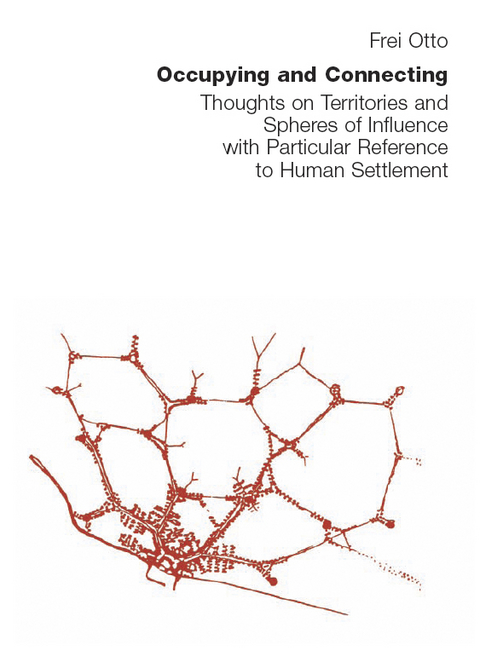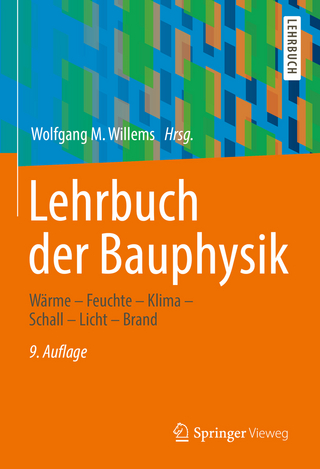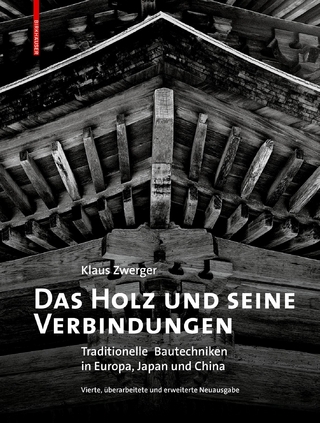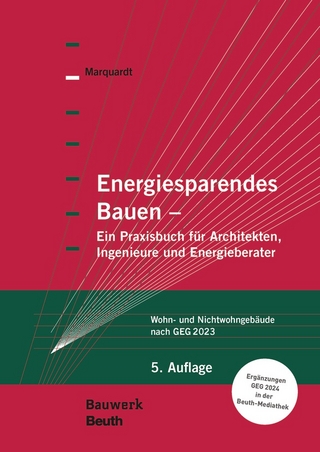
Occupying and Connecting
Seiten
2000
Edition Axel Menges (Verlag)
978-3-932565-11-3 (ISBN)
Edition Axel Menges (Verlag)
978-3-932565-11-3 (ISBN)
Cities, estates and routing systems develop, change constantly
and fundamentally cannot be planned. Claims to ownership, land
and building regulations, planning decisions and political interventions
make it difficult for settlement structures to adapt to constantly
changing requirements to such an extent that meaningful
and totally ecological use of the surface of the earth is becoming
increasingly difficult, although new techniques and flexible planning
models mean that a connection could be found with the self-designing
processes of urban-development history.
Plants are anchored in their location on the face of the earth, animals
and human beings have mobile territory and encampments
that become static with increasing density. Human settlements are
organisms, but they are not hereditarily anchored in their form like
corals, sponges or beehives. They often grow and shrink at the
same time. Their form can almost never be called chaotic. Typical
self-formation processes lead to astonishing genetic optimization in
the course of time. Processes of change have become so rapid today
that current urban-planning theories have been overtaken.
But high effectiveness of self-created, in other words unplanned
settlements in terms of energy and biology is totally achievable today
in »natural« town and transport planning and leads to ecologically
meaningful solutions that are also full of beauty.
The study was written in the context of special research into
»natural constructions« by the Deutsche Forschungsgemeinschaft,
and has hitherto been available only in German and as a
working paper for circulation between those involved in the research
project.
Frei Otto is one of the 20th-century’s most important architectural
visionaries. Although at a first glance his buildings like the
German Pavilion for the 1967 World Fair in Montreal, designed with
Rolf Gutbrod, the roofs for the Olympic buildings in Munich designed
by Günter Behnisch or the project developed with Christoph
Ingenhoven for a new main station in Stuttgart seem to be in
the tradition only of the great constructors of this century like Felix
Candela or Pier Luigi Nervi, his work goes way beyond mere construction.
He is a technician, artist and philosopher in one, and his
central concern is for a new and all-embracing link with nature in
building.
and fundamentally cannot be planned. Claims to ownership, land
and building regulations, planning decisions and political interventions
make it difficult for settlement structures to adapt to constantly
changing requirements to such an extent that meaningful
and totally ecological use of the surface of the earth is becoming
increasingly difficult, although new techniques and flexible planning
models mean that a connection could be found with the self-designing
processes of urban-development history.
Plants are anchored in their location on the face of the earth, animals
and human beings have mobile territory and encampments
that become static with increasing density. Human settlements are
organisms, but they are not hereditarily anchored in their form like
corals, sponges or beehives. They often grow and shrink at the
same time. Their form can almost never be called chaotic. Typical
self-formation processes lead to astonishing genetic optimization in
the course of time. Processes of change have become so rapid today
that current urban-planning theories have been overtaken.
But high effectiveness of self-created, in other words unplanned
settlements in terms of energy and biology is totally achievable today
in »natural« town and transport planning and leads to ecologically
meaningful solutions that are also full of beauty.
The study was written in the context of special research into
»natural constructions« by the Deutsche Forschungsgemeinschaft,
and has hitherto been available only in German and as a
working paper for circulation between those involved in the research
project.
Frei Otto is one of the 20th-century’s most important architectural
visionaries. Although at a first glance his buildings like the
German Pavilion for the 1967 World Fair in Montreal, designed with
Rolf Gutbrod, the roofs for the Olympic buildings in Munich designed
by Günter Behnisch or the project developed with Christoph
Ingenhoven for a new main station in Stuttgart seem to be in
the tradition only of the great constructors of this century like Felix
Candela or Pier Luigi Nervi, his work goes way beyond mere construction.
He is a technician, artist and philosopher in one, and his
central concern is for a new and all-embracing link with nature in
building.
Frei Paul Otto, geboren 1925, war ein deutscher Architekt. Er entwarf das legendäre Dach des Münchner Olympiastadions. Posthum wurde er mit dem Pritzker Preis geehrt. Frei Otto verstarb im März 2015.
| Zusatzinfo | 120 Abb. |
|---|---|
| Verlagsort | Stuttgart |
| Sprache | englisch |
| Maße | 192 x 248 mm |
| Gewicht | 287 g |
| Einbandart | Paperback |
| Themenwelt | Technik ► Architektur |
| Schlagworte | Architekten (Einz.) • Architekten (Einzelne Personen) • Otto, Frei • Selbstorganisation • Siedlung • Städtebau • Vernetzen |
| ISBN-10 | 3-932565-11-8 / 3932565118 |
| ISBN-13 | 978-3-932565-11-3 / 9783932565113 |
| Zustand | Neuware |
| Haben Sie eine Frage zum Produkt? |
Mehr entdecken
aus dem Bereich
aus dem Bereich
Wärme – Feuchte – Klima – Schall – Licht – Brand
Buch | Hardcover (2022)
Springer Vieweg (Verlag)
54,99 €
Traditionelle Bautechniken in Europa, Japan und China
Buch | Hardcover (2023)
Birkhäuser (Verlag)
68,00 €
Ein Praxisbuch für Architekten, Ingenieure und Energieberater Wohn- …
Buch | Softcover (2023)
Beuth (Verlag)
62,00 €


